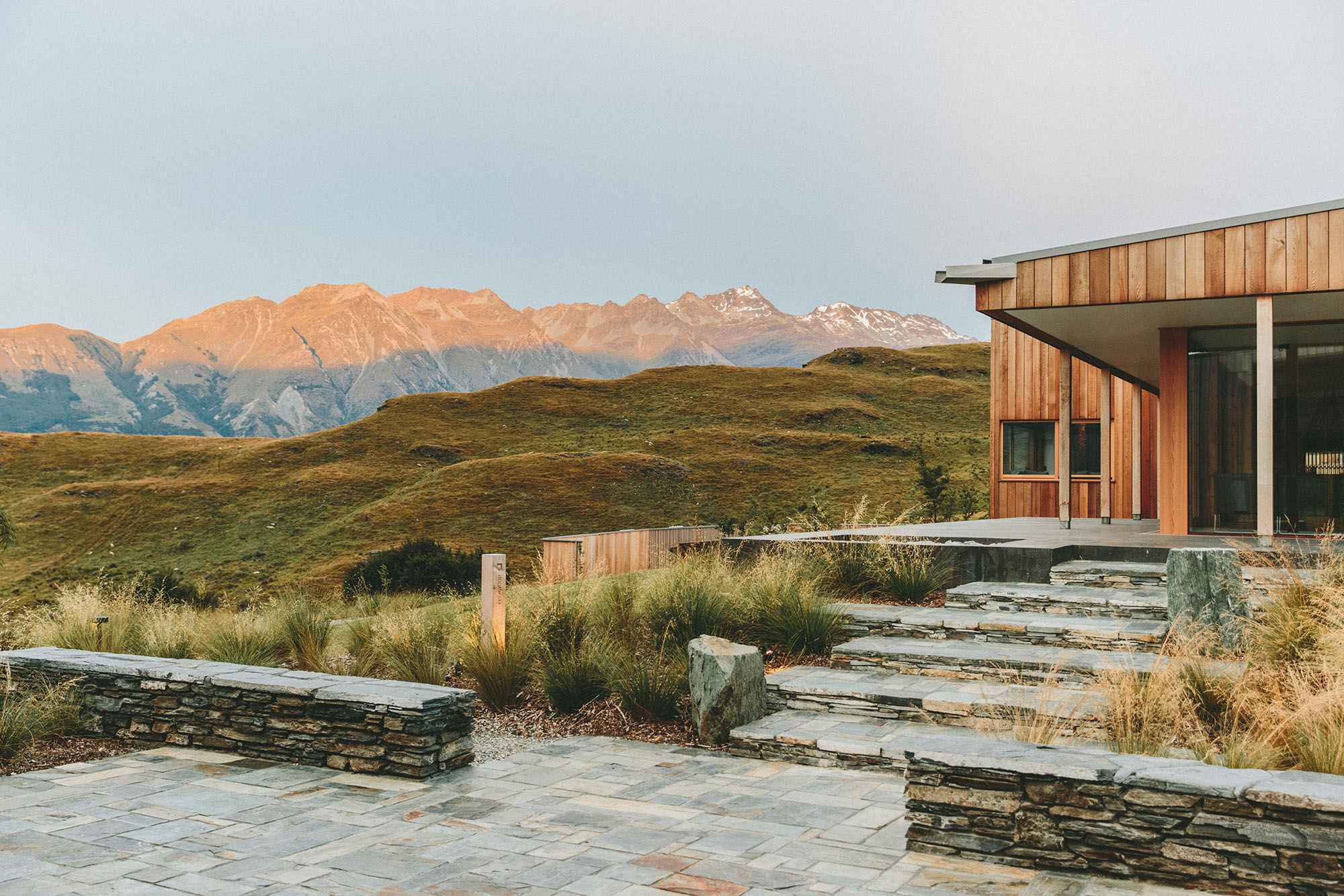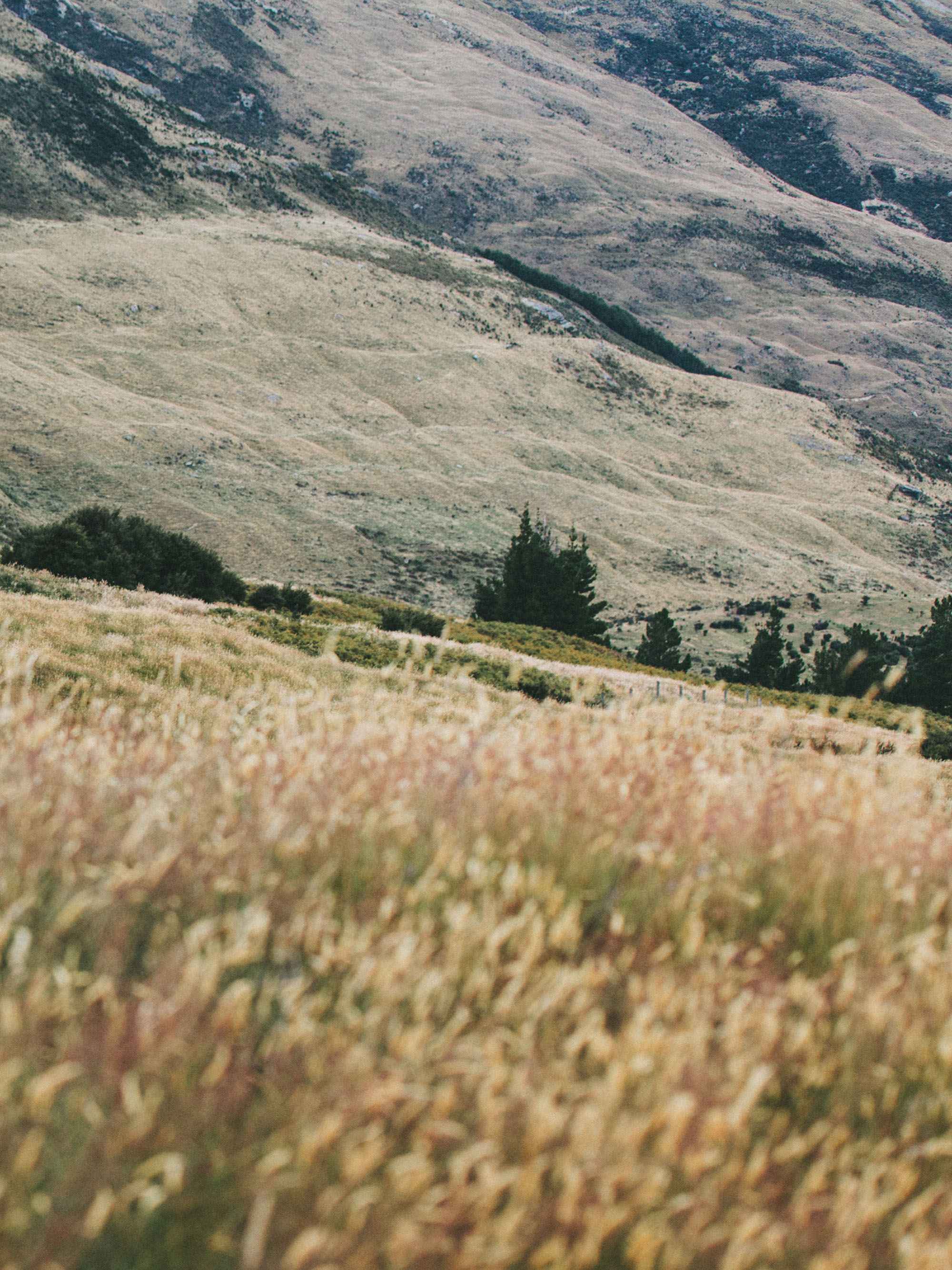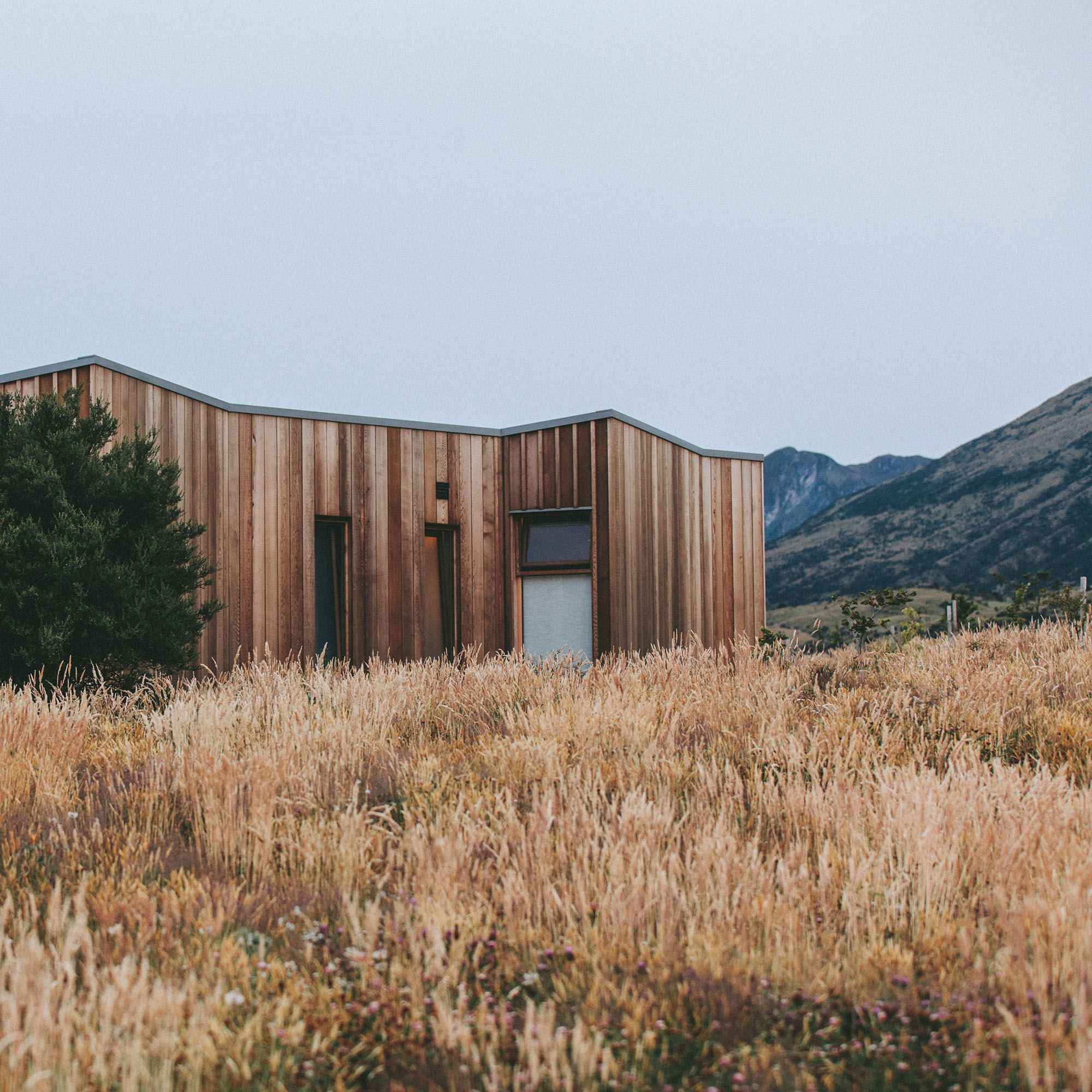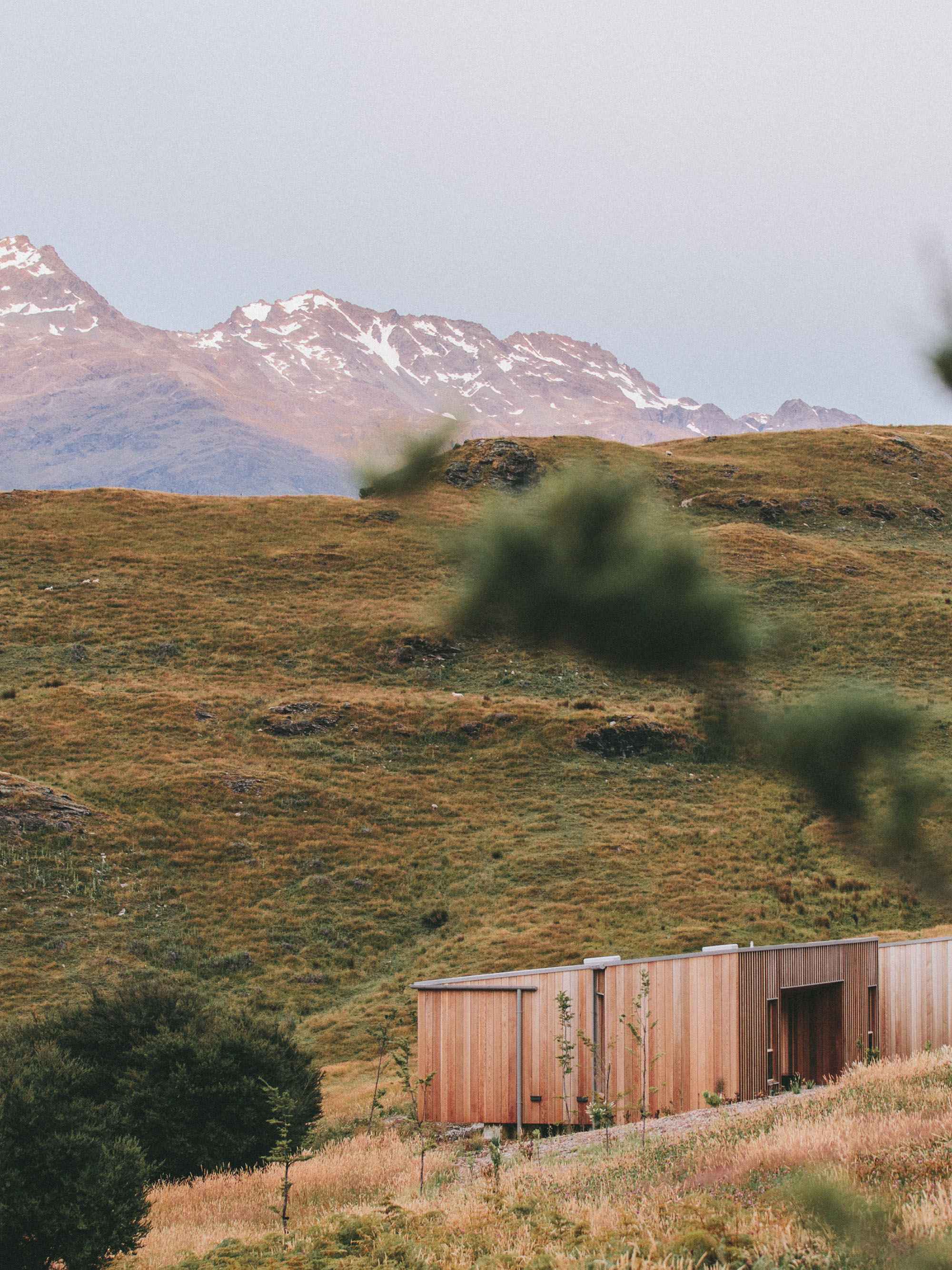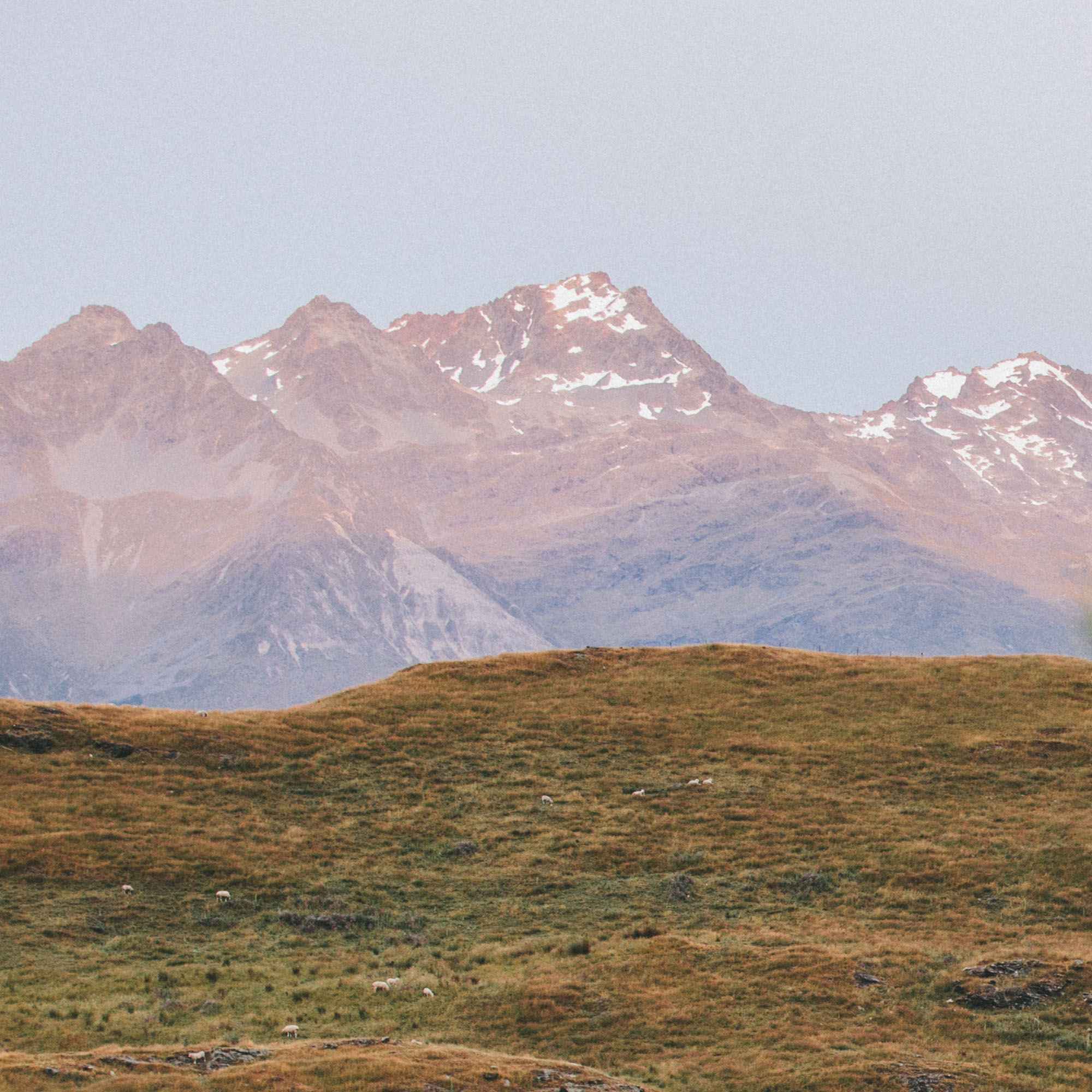FERNANDA CANALES Arquitectura
Fernanda Canales
Fernanda Canales is an architect based in Mexico City committed to design, urban planning, and research. She is author of numerous books such as Shared Structures, Private Space (Actar 2020), Mi casa, tu ciudad (Puente Editors 2021) . In the interview, Fernanda talks about the power of writing and academia for a female architect, navigating collaboration as a solo practitioner, and her observation of non-architect viewpoints being informative in architectural discourses.
“So, at that time, at least in Mexico, it was really- I mean, if you were a woman architect, it was really expected that you would do interior design. For me, architecture was much more and I couldn’t find that path in my every day. So that’s why I searched in academia and started writing.”
Why did you choose to work in Mexico City? How was it like when you started?
The clients I got at the beginning of my career were just very close friends, family members, and doing very tiny interventions and small projects. Basically, we were remodeling a bathroom, walk-in closet, a kitchen. So it was more of an interior design project and remodeling old houses, existing structures. While I was in Mexico, still in my last year at the university, I met Enrique Miralles from Barcelona. He came to Mexico City to give a lecture.
And I was about to finish, and he told me, “If you want to work, come next summer.” And next summer he died. So, I was unable to go to Barcelona and work for him. But I have most of my plans already. I wanted to be there. So, I then turned to the alternative of studying [for] Master's degree in Barcelona. And I went looking for Ignasi de Solà-Morales, who was also a figure that I really admired. I had read his books. So, I went looking for that aspect of architecture that I was not able to find in small commissions.
How did you find your first projects?
They were all interventions, as I said before, interior designs. Then I started to do more commercial spaces, but always small projects. That had to change. And I went back to the things that had interested me at the beginning of my career, even before I started to study architecture. And I found that space in academia. I started to write about architecture and publishing or editing and exhibitions. Everything that I was not able to find in client-based commissions and very tight budgets in small projects had nothing to do with my initial interests in architecture.
Casa Terreno - Image by Rafael Remo
It seems like you edit a lot of publications on Mexican architecture. What got you started?
So, at that time, at least in Mexico, it was really- I mean, if you were a woman architect, it was really expected that you would do interior design. For me, architecture was much more and I couldn't find that path in my every day. So that's why I searched in academia and started writing. It had to do with research and getting closer to my interests. And it also had to do with entering the architectural profession with a more serious or a theoretical aspect to it. I was doing a PhD and started publishing more and more writings as well entering more competition. So that was a way of changing my approach. I was still called frequently in Mexico by friends, telling me they needed my help because I was an internationally recognized architect, so that I was the ideal person to recommend them a male architects for their commissions. And that happened several years, I would say up until recently.
What moments in your career or practice were breaking points or dilemmas?
I started to do competitions, and that was a way of not waiting for the perfect client and the perfect commission. And that was a way to enter different scales and different places, working in different cities as well. Then it was frustrating because in most of the competitions, at least the ones in Mexico were rarely executed, were not paid, or they were not built. A huge change in my career was a competition that I won with some friends, with partners for the competition and it was like the very first international, very large buildings. It was for a three theaters, cultural center and very large public space, and it appeared to be like one of the changing moments in my career.
“Probably, writing and publishing books made me change my architectural practice as well, because they work into different times zones completely, no? One is very slow, very intimate, very demanding in isolation, and the other one is the opposite. You need to be having meetings all the time, calls, being with the client, contractor. So it’s a completely different dynamic.”
I heard that you have been able to keep a relatively small team by working with various collaborators living in other cities or countries. How does that work?
At the beginning, I thought I needed a male partner. I needed to have a partner or a big office or just like the structure, the usual structure that everybody expected. But I found that to be problematic with my interest in writing, teaching. So I tried to balance that. And that has been a struggle ever since. To try to do projects that respond to clients’ interests, but as well to not lose my own interests in more Utopian proposals or things that really can make an impact in society. But then after working for probably three years, it started to become very difficult because the client changed the plot several times, wanted to change the project constantly. The work done with partners was also not easy because everybody had their own independent practice. I tried to work on my own since then and trying to do the projects that I can really feel that I can control more, instead of the huge commission that was in the hands of somebody else. I tried to follow the project in a more personal manner. It's just like project-based collaborations. It's not a team that's regular- it's not ongoing.
Which design processes or methods have you refined over the years to structure the work in your practice?
I work [at] my house alone; I answer emails by myself, I do administrative paperwork, I prepare my own lectures. There's not a way to do architecture as a solo practitioner; we're always depending on collaborations. What I tried to do a lot with clients is to recommend them with contractors that I know. It doesn't really work because they always have a cousin who's a consultant or whatever. So that's a huge challenge, but I really like it when I repeat the same construction team. The project, I feel, it has to do as well with the team that executes the work.
Besides you, how many people are working with you today? Who are the other main people in your organization today and how did you find them?
All of the people who I work with are externals. For example, the engineer, he has his own huge office, but I always work with the same person, landscape architects or landscape designers. I've worked with two that have been very important figures. One was Jerónimo Hagerman, Momo, unfortunately, he passed away this year. Hugo Sanchez, Tonatiuh Martínez, (marcus?) also been important collaborators and I've also worked with two students, Alberto García Valladares and and his wife, Angela Vizcarra, who participated in a competition. Well, actually it was exhibit for a biennale in São Paulo and also with Claudia Rodriguez, who studied with me in the university. She's a very close friend, and I've done one house with her, [the] initial projects, the remodeling projects that I mentioned initially, we did two- one apartment for a friend, another project at the beginning of our careers. Aarón Jassiel, also, who's a collaborator of mine. I have the person who does the models, who's also helped me for the past years, but they have their own office, Alberto kind of have their own firm. The person who does the renderings also has his own firm, but I always try to do that with the people who I know and who have already understood the dynamic, because I have a very informal way of working very irregular. Sometimes I have more projects, sometimes I'm busy teaching abroad. It's not an organized structure, actually, there's no structure, but I like always to call the people who I really feel close.
Which are the design approaches that you are proud of?
I'd like to think about the spaces for each project very differently because I think every project demands a completely different understanding depending on the client requirements, the typology, the site, in a very personal, bodily experience. So I'm always like questioning myself how to do it. At the same time, every project is also a continuation of past project. So in a way it's like thinking things over and over. Using models, I love models. I mean, actually, the thing that I most- that I enjoyed the most during my career was making models. I really like when people try to understand the important parts of architecture, like the two important ones. The ones that are going to be important 30 years after the work is finished, instead of trying to go for the very immediate response, of very Instagrammable images of a project, like really concerned into the how works are going to be perceived in years to come.
How is it different between an architectural project and a book?
Doing a book was never like a project for me, that was just more of a coincidence. I was writing a lot because for me writing is another way of thinking or it’s another way of doing architecture. Trying to explain a project without the images, without the idea of shapes, the whole relation between the territory, the art of the era, even the philosophy or the theories at the time, or what was being published, what chair was being designed. So all of the other layers that accompany each piece of a creator.
How does this inform your design process?
Probably, writing and publishing books made me change my architectural practice as well, because they work into different times zones completely, no? One is very slow, very intimate, very demanding in isolation, and the other one is the opposite. You need to be having meetings all the time, calls, being with the client, contractor. So it's a completely different dynamic. And I was trying to do both things as if they were separate worlds. And now I try to have both things going on at the same time. And I think that has influenced like the writing more, to have more time to reflect, to have more time to, to slow down and think about things in a more intimate manner.
Museo Abierto - Image Credits Rafael Remo
“Stubborness and resistance have been essential. When I have an idea for a project, it’s very easy that the idea gets lost in the process. The resistance because it’s a tour de force every project. ”
Which personal qualities have helped you get to where you are today?
Stubborness and resistance have been essential. When I have an idea for a project, it's very easy that the idea gets lost in the process. The resistance because it's a tour de force every project. So you sometimes you don't get paid and you still have to be working on the project because you care for the project or sometimes project that you expect to take one year or two years and then suddenly you're in the fourth year and you keep on working on the project. So all of the uncertainties or the unexpected things, the things that are not in our hands as architects, which have to do with an economy, with the clients, or even with unexpected political situations or whatever. So that resistance of keep on having trust and in the original project and the original ideas, the caring, the intentions, despite all of the difficulties and the changes.
Casa Bruma - Image by Rafael Gamo
“I think I have always been confronted with like a criticism or the viewpoint of non-architects...It seems to be like minor issues that I take into account more and more and more and give them more relevance because I think in the architectural discourse, they are not really taken into account or not as much as we should.”
Which books, artworks, buildings... have influenced your perception?
I am very fond of the architecture of Luis Barragán, again the courtyards, the way of relating interior spaces with the exterior, like a way of transitioning very slowly through spaces. Japanese architecture has always been an important reference; Álvaro Siza. There's a constant condition that is transforming the everyday into a ritual. Things that would be like in a plan not important or worthless, a corridor, or just to get to the kitchen or like a very basic part of a program. How can that become a nice moment in your day. And suddenly, something in the space makes you slow down, even if it's, I don't know, the texture of a brick that has a green from the rain or acknowledging a courtyard and that makes you relate your body with the outside or whatever, like makes us pause in your day and connects you with the outside or with nature or with history or whatever. And I think Japanese architecture is all about that.
What defining moments in buildings reshaped your appreciation of the power architecture?
I think I have always been confronted with like a criticism or the viewpoint of non-architects. Really taking advantage of their perspectives because they never care about the shapes, the congruency of other things that architects care about. My mother asks me, “how is that window going to be cleaned? How are you going to carry the grocery bag without being wet?” Or whatever, so and so. It seems to be like minor issues that I take into account more and more and more and give them more relevance because I think in the architectural discourse, they are not really taken into account or not as much as we should.
How do you design the experiences would you like people to have in your projects?
We have to respond to emergencies and to very, I would say, unsuitable conditions. But trying to take those issues not as something unexpected, things that in the project or in a render would look wonderful and the client would be really pleased with the solution. I know in ten years from now that would be really damaged. How can you design with change incorporating those things since the beginning, knowing that the budget will be reduced, knowing that the client will have doubts, materiality and change to the most important part of a project? Knowing that I would not be able to visit or supervise the site as much as I would like to.
Centro Cultural - Image by James Navarro
What inspires your projects?
I find it really sad to visit projects over time and seeing that they have not been well preserved or well cared for. So instead of trying to fight against that, I try to understand that the project will be left to their own future without any maintenance. They look better over time, even if they are in the state of a ruin. So I try and like to design for future ruin in the present.
That’s beautiful! What have been on your mind recently?
In the last couple of years I've been fighting against four or five contradictions that I feel really problematic in architecture. And one would be the division between the inside and the outside. So redefining what does it mean to be outside but feeling protected? What does it mean to be inside but feeling in an open space? So not understanding architecture, just like in interior has a roof and an exterior has a tree and it's outdoors. Another opposition that I have been fighting to dissolve or to find more gradients between the private and the public in terms of possibilities of uses, of activities, of the relationship with the city. And another division between the rich and the poor or the owners and the dispossessed, the house and the homeless trying to provide a bridge between those two poles, bridging the oppositions between the rural and the urban also explore how to blur those divisions. And I would say one last one the divisions between the resources and waste to understand like the full cycle of the resources or materials are things we use










